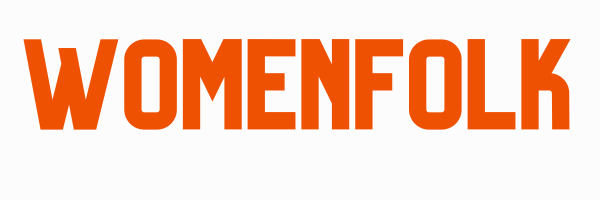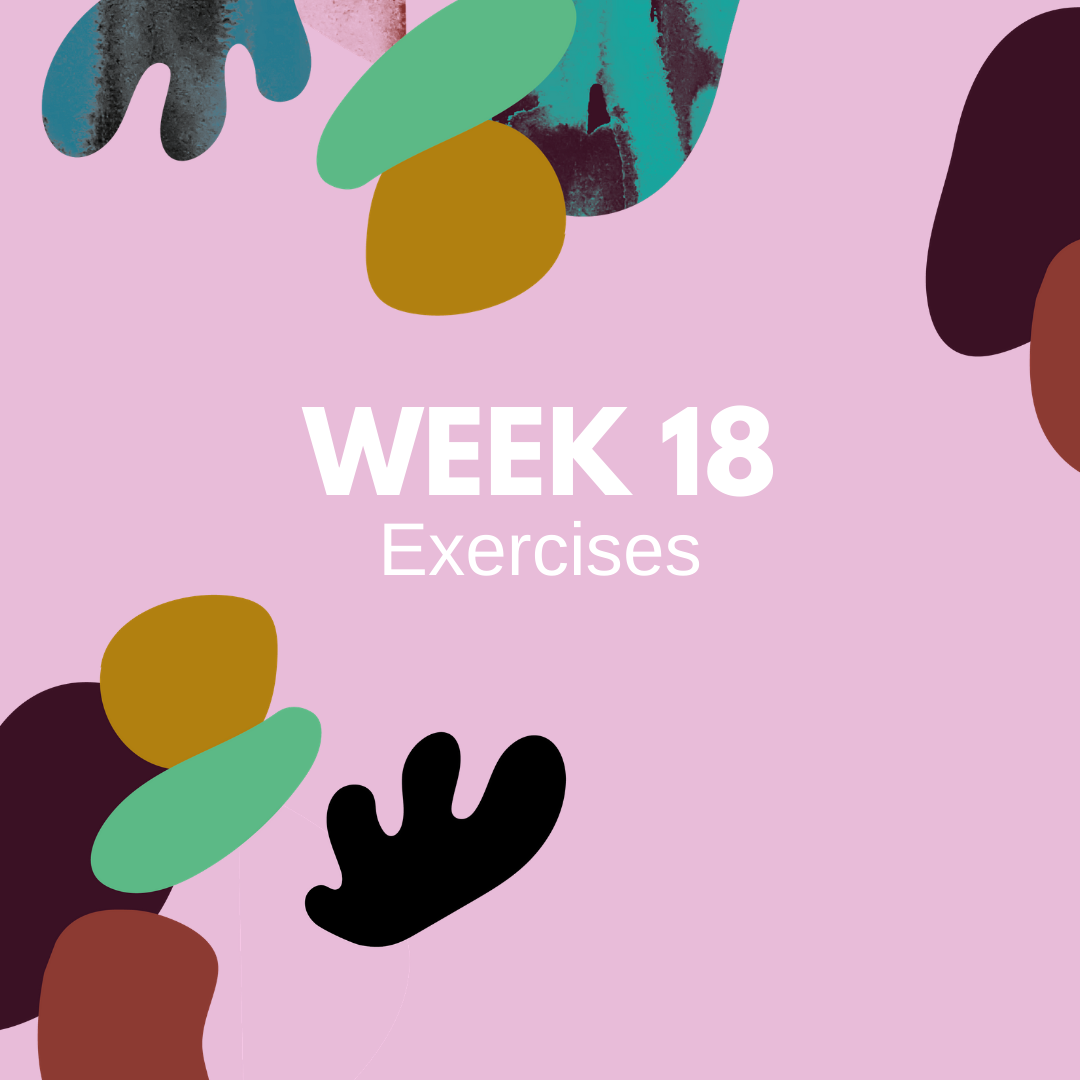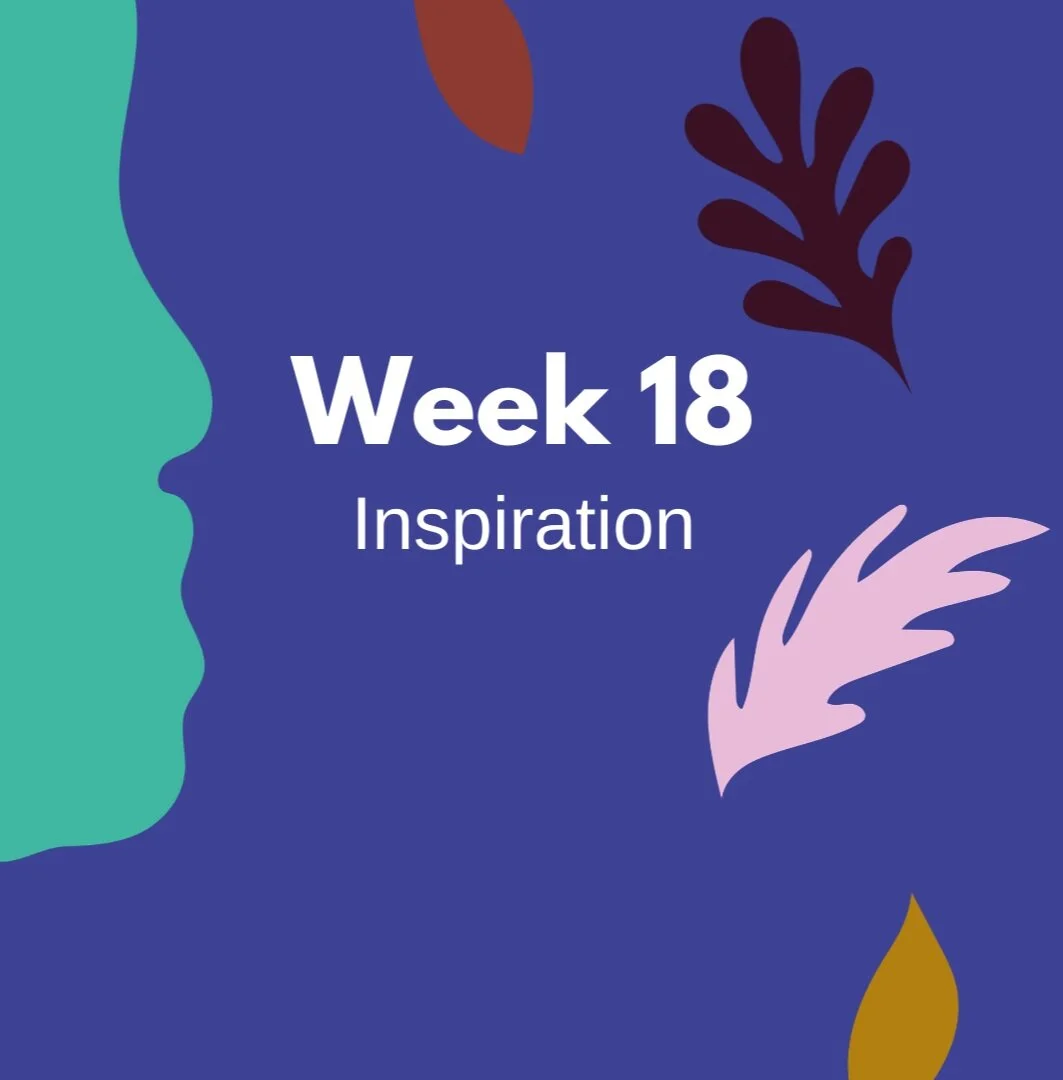This week is all about setting up a website for your creative business…
Having a professional online presence for your creative business can have a huge impact on your business’s success. Having a website will give your business credibility. Even if it’s not perfect having a basic website that clearly communicates information on your business will give potential customers peace of mind that yours is a legitimate business when making a purchase.
Your website can help you make a great first impression by showcasing your brand, who you are, what you sell and what you represent to your prospective customers. Your website should also be a reliable source of basic information on your business, including information such as:
Location (consider including a map)
Opening hours
Contact details
Product/ Service details
Delivery/Shipping details
Team details
Business description
FAQs
Reviews
And if your business is a limited company you must legally include the following information:
the company’s registered number
its registered office address
where the company is registered (England and Wales, Scotland or Northern Ireland)
the fact that it’s a limited company (usually by spelling out the company’s full name including ‘Limited’ or ‘Ltd’)
Without a website it can be surprisingly difficult to communicate all of this essential information reliably in one place for customers to view. Having all this info online for customers can save you customer service time in answering basic questions from potential customers leaving you more time for creative work. You can also use it for posting updates and announcements to your customers to keep your customers uptodate
Having a website can also help you increase sales, once you're online and have an SEO-optimized website, you can show up in Google search results. This means that when people are searching for a product or service, there is a chance your website will show up in the results. Once people find you online, they will then be able to contact you through the information on your website.
Practical Steps To Set Up A Website
There are 4 main steps in creating a website:
1.Choose a platform
You need to decide what platform to use for your website, there are many options now that allow you to build your own website without knowing any code, such as
There is lots of information on these different platforms online and our industry experts also talk about some of them in the videos. It’s worth taking some time looking at the different options and doing your own research to see which will work best for your business type and budget. Many of these platforms offer an all-in-one service, providing domain names and hosting as well so making the whole process super simple. There are also tutorials on pretty much everything website related on YouTube if you get stuck and need to troubleshoot a problem and can’t find an answer on the help section of your chosen platform.
2. Choose and register a domain name
Your website needs a domain name. A domain name is what people type into their browser to view your website. womenfolk.co is a domain name. It's also used for email, such as info@blickstudios.org. There's a wide range of domain name extensions available, including .com, .co.uk, .org, .net, .info, .biz. You can buy your domain directly from a variety of providers such as Go Daddy, 123 reg etc or if using a platform such as Squarespace, Wix, Shopify etc you can often include it in your package
3. Setup website hosting
Your website needs to be hosted. A web host is just a home for your site and its content. The host then 'serves' the website to visitors when they type in your domain name. You can do this through a variety of providers directly or if using a platform such as Squarespace, Wix, Shopify etc it is often included in your package
4. Choose a theme
Next you need to choose a theme for your website on your chosen platform, there are many different options available, do some research and have a look at other websites you like and pick one you think will work best for your business.
5. Design and populate your website with content
Finally the fun part you get to design and populate your website with content. See below for some information on what to include. Research other websites you like and do your best to keep your branding consistent, in colour, language, layout and imagery.
Getting people to find your website
Make sure your website is SEO optimized
Search engine optimization is the process of optimizing web pages and their content to be easily discoverable by users searching for terms relevant to your website. The first step in search engine optimization is to determine what you’re actually optimizing for. This means identifying terms people are searching for, also known as “keywords,” that you want your website to rank for in search engines like Google then placing these within your site. For more info on choosing keywords and other SEO optimization tips
Focus on User Experience
Make sure your website is as easy to navigate and use as possible to encourage users to stay on your website for longer.
Post high quality content
Both when you set up your website and regularly on your blog etc to keep the site uptodate. Make sure your content is easy to read. Include regular headings, keep paragraphs short and include relevant images and links to make the page easier to read and to increase the users time on the page.
Use social media
Such as Instagram, Twitter, Facebook, Linked In, Pinterest, Youtube etc and link these to your website. Consider using hashtags and sharing links on relevant Facebook groups if it seems appropriate. Social media will direct new visitors to your website and is also one of the main indicators search engines like Google use to rank websites (SEO). You can also use Facebook, Instagram and Google Ads to further increase traffic to your website.
5. Consider using video content
Focus on meaningful content that’s truly engaging, that users will watch right the way through to the end
What to put on your website?
What to put on your website really depends on your business, every business is unique and has its own individual needs. But we have made a basic list of some of the pages you should consider including on your website and why they might be important and what information these pages should include.
Homepage
This is the first page your potential customers will see, it should tell everyone who you are and what your company does. It should look professional, load fast and capture the attention of your potential customers. Your homepage should include:
A short description of who you are and what you do
A brief description of your services and/or products
A good quality image that represents your work - either a photo, an illustration or an infographic
About Page
People do business with other people, they want to learn more about you and the other people behind your company. Your about page should include:
A brief bio and pics of yourself and your team (if you have a team)
Your company history
A brief description of your company
Services/ Products Page
Here you should list details of the services and products, with short descriptions of each product or service and links through to further info on a separate page if necessary. If you have lots of different products or services consider dividing them into sections.
Contact Page
Your contact page should show potential customers all the ways they can contact you. Including
Phone number
Email address
Physical mailing address
Social media accounts
If possible you should also include this info on the footer across all of your website pages. You should also consider if a contact form is better than providing an email address for spam prevention purposes.
Blog
A blog that is kept uptodate with good quality information drives traffic to your website and can increase your sales as well as give you a place to share your voice and tell your business story, communicate with your customers and share your expertise. Before starting your blog you need to work out what you want your blog to be about, who you are blogging for, what kind of language you want to use to keep with your brand guidelines. You can also use your blog to share news on your business, such as press releases, videos etc.
Privacy Policy Page
A privacy policy lets the visitor to your website know what you’ll do with the personal information they give you and whether or not it will be shared with third parties. You can include this as a page or add it is a link (for example in the footer of your website)
Other pages to consider including
Depending on the nature of your business, you may also consider including the following:
FAQ Page
A page you can use to answer the most common questions you are asked to save yourself time answering those questions and encourage a potential customer to actually make a purchase.
Testimonials/ Reviews
A testimonials/reviews page can give credibility and authenticity to your business
.
Terms and Conditions
This page would outline the rules a visitor to your website must follow if using your website for example intellectual property, control over third party links etc
Page Not Found Page
This page will be where website visitors will land when a webpage using your URL no longer exists, it should include a link back to your homepage
Search Page
This page will allow website visitors to search your website for content
Our industry expert videos from our workshop will give loads more information on what kind of content to put on your website and other considerations so please check them out.
When it comes to websites every business is unique and has different needs and aims. Complete the following downloadable exercise to help you decide what content to put on your website
WEEK 18 BOOK
Company of One: Why Staying Small Is the Next Big Thing for Business by Paul Jarvis is our book of the week. What if the real key to a richer and more fulfilling career was not to create and scale a new start-up, but rather, to be able to work for yourself, determine your own hours, and become a (highly profitable) and sustainable company of one? Suppose the better—and smarter—solution is simply to remain small? This book explains how to do just that.
WEEK 18 PODCAST
This week’s podcast recommendation is Monocle on Design everything you need to know about the world of design, from furniture to fashion and craft to architecture. Expect fresh stories, new finds and designers and all the latest news from the world’s most exciting studios.








